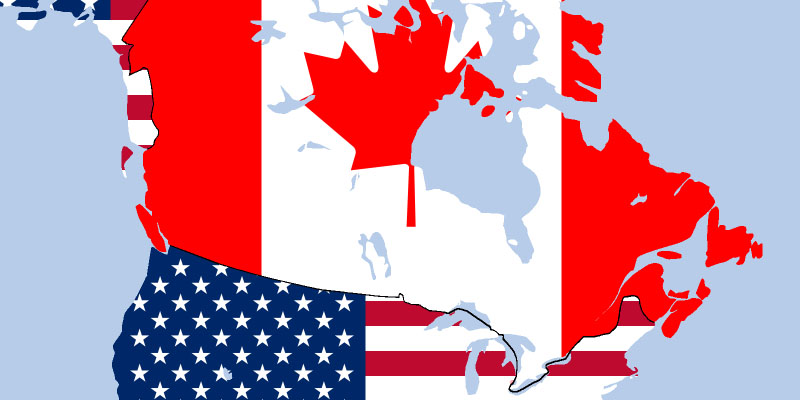Competitiveness by the numbers is only partly helpful

The self-appointed but now also semi-institutionalized World Economic Forum, progenitor of “Davos Man,” published its Global Competitiveness Report for 2018 this week. The United States came first, scoring 85.6 points out of a possible 100. Canada was 12th, with 79.9 points, just behind Finland and just ahead of Taiwan. We were down 0.1 points and two spots from 2017. I suspect 0.1 points is well within the margin of error, while losing two spots in a race in which the top 25 countries are separated by only 21.2 points is hardly a disaster. It’s like finishing slightly further back than yesterday in the peloton in the Tour de France—not something anyone would really notice. The difference with last year seems especially unimportant given that how the WEF calculates its competitiveness index went through big changes this year. If this were meet-the-teacher night for countries, the message might be: Let’s wait and see how Johnny does over time with this new index.
Two things about the report I do find very interesting. The first is that the United States finished first, by 2.1 points over Singapore and 2.8 over Germany. (Germany may have a trade surplus with the U.S., Mr. Trump, but even without tariffs against EU goods your country is more competitive.) The U.S. finishing first is interesting because that’s hardly ever allowed to happen in international rankings. UN agencies, in particular, adopt indices that tend to downplay areas where the U.S. does well—GDP, for example, when calculating “human development.” Maybe discounting GDP makes sense—there is more to life than another dollar of income—but reducing its importance in the calculations does have the effect of pushing the U.S. down the rankings. Sometimes the suspicion arises that such an end may be the real purpose of the methodological choice.
The second very interesting thing about the ranking is all the data it relies on and compiles for handy reference. What’s happening in these various international indices is just the calculation of a really large weighted average of many different indicators—in this case, 98 of them. The weights and indicia are chosen because the correlate well with whatever it is researchers are trying to measure—in this case competitiveness, which they proxy by economic growth. Just how good the correlation is and what kind of guidance it does or does not provide to policymakers is very hard to say. But the individual indicators are interesting.
The report identifies 12 pillars of competitiveness. (T. E. Lawrence wrote Seven Pillars of Wisdom. I don’t think there’s any overlap.) We actually score 100 out of 100 in one of them: macroeconomic stability. So kudos to Bank of Canada Governor Steven Poloz and his team. That doesn’t make us unique in the world, however: 31 other countries also score 100. But it’s nice to be on top even if the summit is crowded. We also do well in health: 97 points out of 100, while our financial system gives us a very respectable 86 points out of 100. Perhaps surprisingly, top dog here is the U.S. Despite its myriad problems, the very competitive U.S. financial system apparently is very good for U.S. competitiveness.
Areas where we don’t do so well are ICT adoption (only 69 out of 100 for 34th overall) and product market competitiveness (a mediocre 65 out of 100 though that’s good for 20th overall).
Breaking down these pillars into their component parts, we rank 1st in the diversity of our work force. If diversity really is our strength, as all the T-shirts say these days, and we really are first in it, maybe we should be higher up in competitiveness. We’re also tied for first overall in our “electrification rate” (though with 33 countries). We’re 2nd overall (behind New Zealand) in the time it takes to start a business and also 2nd overall (behind Finland) in the soundness of our banks. I’m afraid I didn’t know Finnish banks were world-soundest.
Where we don’t do well, in product market competitiveness, the reasons are that we’re:
- 44th in the distortionary effect of taxes and subsidies on competition
- 44th in competition in services
- 55th in the prevalence of non-tariff barriers
- 43rd in our tariff rates
- 96th in the complexity of our tariffs (they are really complex, if you’ve ever checked)
- 43rd in services trade openness
I wouldn’t bet much money on any one of these indicators being the key to competitiveness. But if you look at enough of them, maybe you can develop some intuition about how and where we could be doing better economically.

